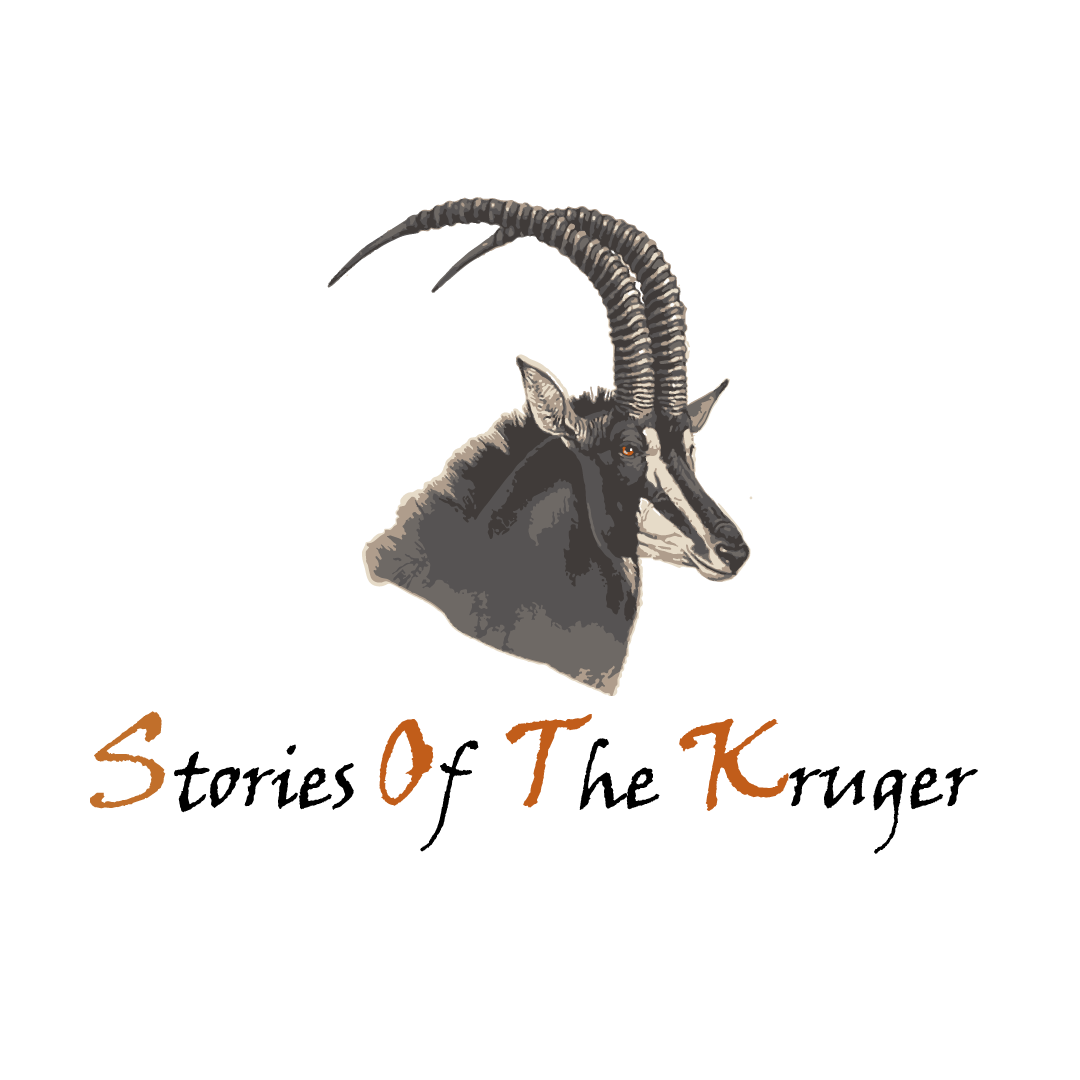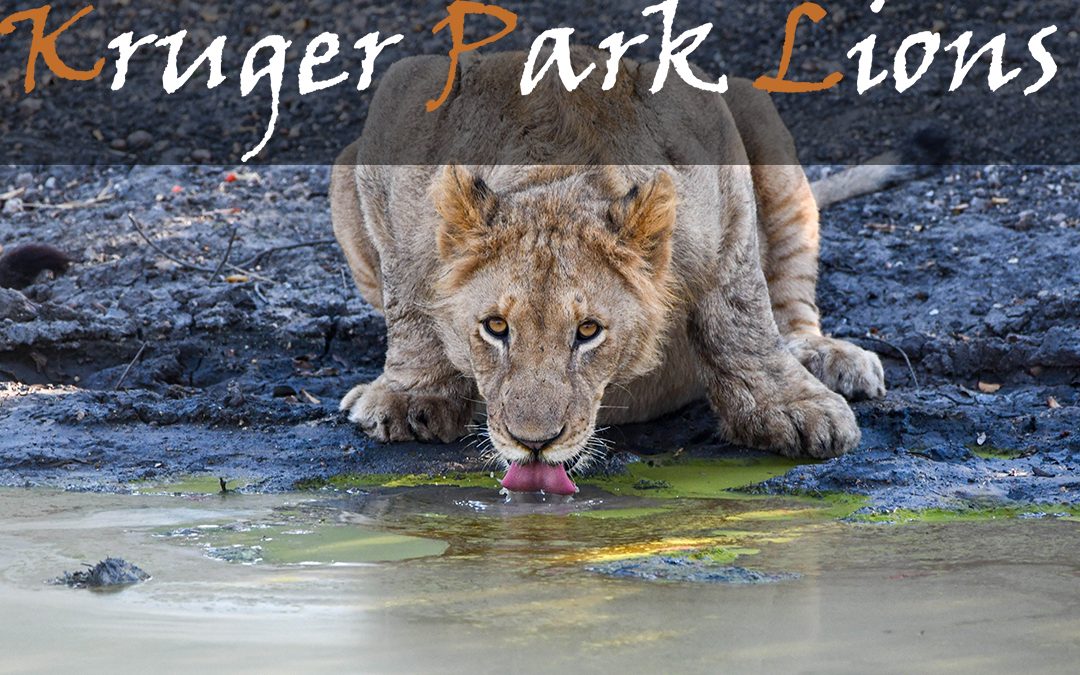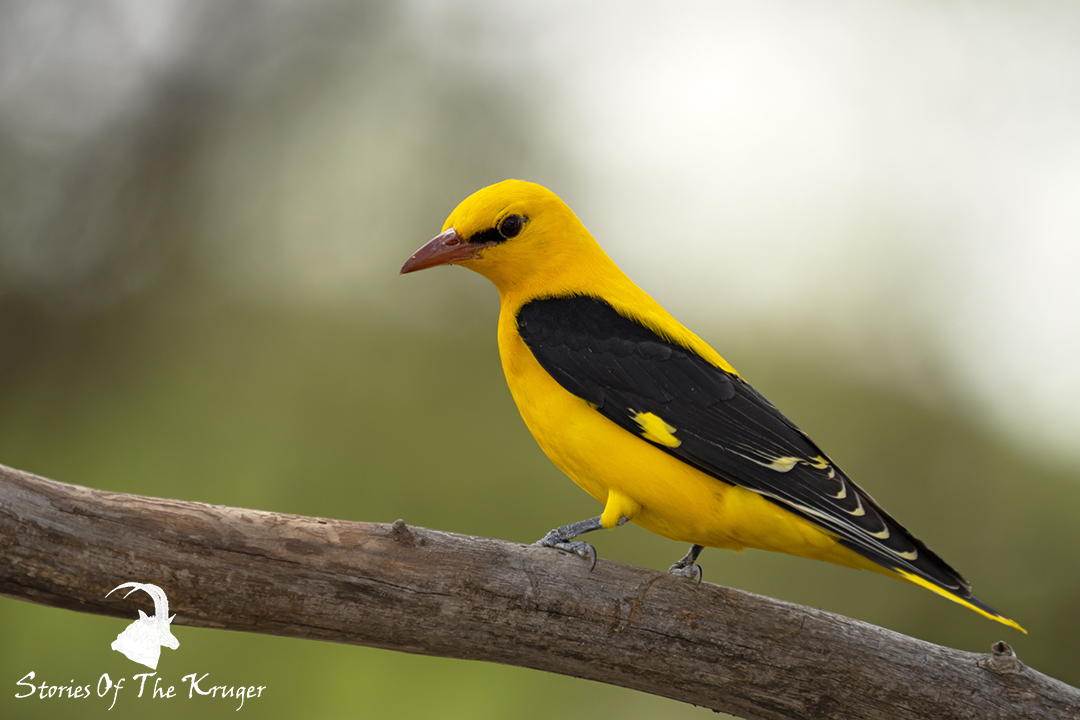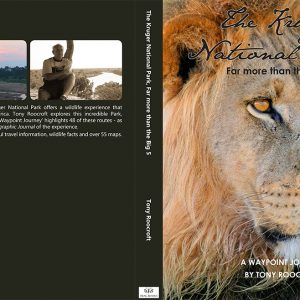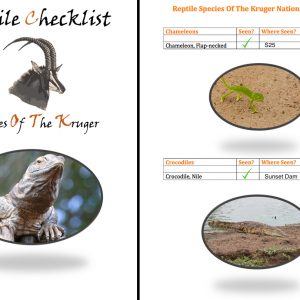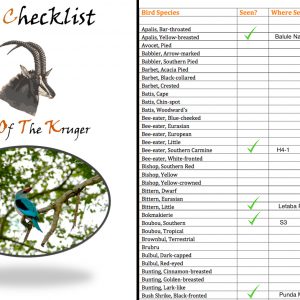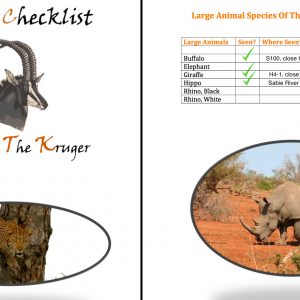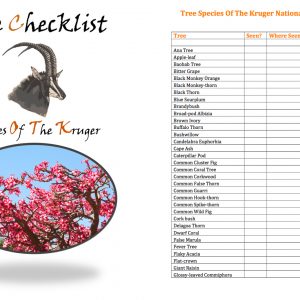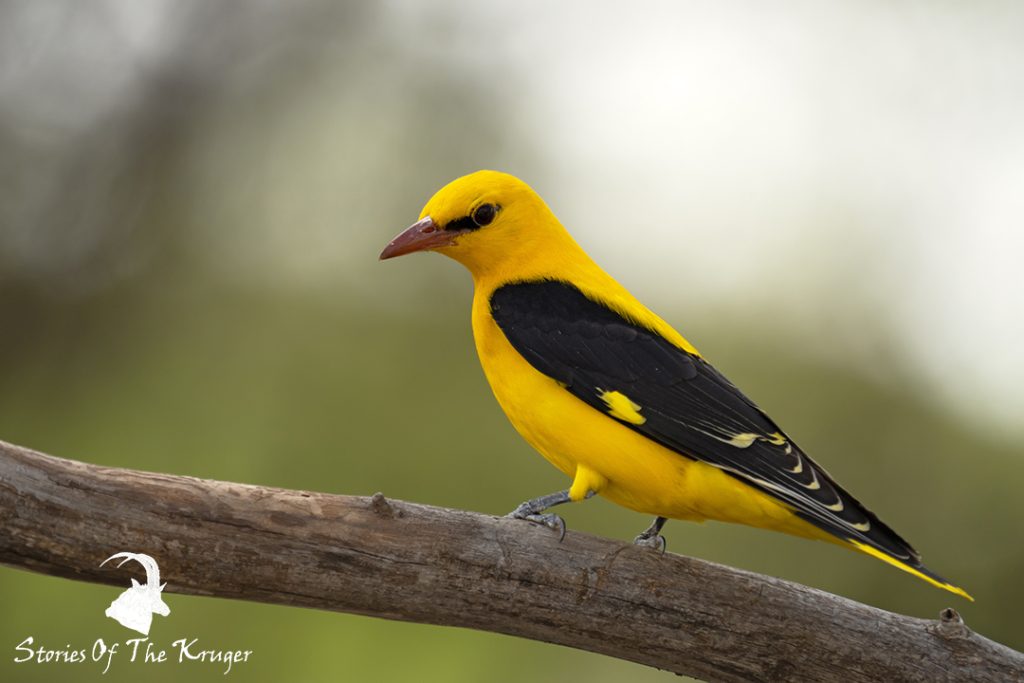Lions Of The Kruger National Park
Everything You Need To Know About Lions
Lions of the Kruger National Park – The Kruger National Park in South Africa is home to a large population of African Lions. It is estimated that there are around 2,000 of these Lions living in the park, making it one of the best places in the world to see these magnificent big cats in the wild.
Lions are one of the most popular attractions in the Kruger National Park, and visitors often go on safari drives (Guided drives or self drives) to spot them. Lions are most active at dawn and dusk, so early morning and late afternoon game drives are the best times to see them.
African Lions (Panthera leo) are majestic and iconic big cats that are native to various parts of Africa. They are well-known for their strength, beauty, and social behaviour. Here’s some information on the Lions of the Kruger.
Physical Characteristics Of Lions:
African Lions are the second-largest big cat species, after Tigers. Adult males typically weigh between 190 to 225 kilograms and can reach a length of around 2.5 to 3.3 meters from the head to the tip of the tail. Females are slightly smaller, weighing between 125 to 160 kilograms. Lions have a muscular build, a large head with a prominent mane (Which male Lions possess), and a tail with a tuft of hair at the end. The colour of their fur ranges from light tan to golden, with a whitish underside. In such areas like the Timbavati there is still the rare gene which produces White Lions from time to time. They are not albino animals, but rather genetically different, and it is a struggle for them to survive because of their un-natural colouration. There is a video of a White Lion at the bottom of this article named “Casper”.
Social Structure Of Lions:
Lions are highly social animals, and they are the only cats that live in social groups known as prides. A pride typically consists of related adult females, their cubs, and a few adult males. The females are usually the primary hunters of the group, working together to bring down large prey. The males defend the pride’s territory and offspring. Lions are known for their distinctive roaring, which is used to communicate with other pride members and mark their territory. Read more about the Lion prides of the Kruger below…
Lions Of The Kruger – Their Diet And Hunting Ability:
Lions are apex predators and primarily feed on large herbivores such as zebras, wildebeest, buffalo, and various antelope species. They are opportunistic hunters and will also scavenge from the kills of other predators when the opportunity arises. Their hunting strategy often involves stealthy approaches and co-ordinated attacks, utilising their strength, speed, and teamwork to bring down prey. A single meal can sustain a Lion for several days, and they can consume large quantities of meat in one feeding session.
Conservation Status:
African Lions are listed as a vulnerable species by the International Union for Conservation of Nature (IUCN). They face numerous threats, including habitat loss, human-wildlife conflict, poaching, and trophy hunting. Conservation efforts aim to protect lion populations and their habitats, with a focus on preserving key lion landscapes, mitigating conflicts with humans, and promoting sustainable tourism that benefits local communities.
Cultural And Symbolic Significance:
African Lions hold cultural and symbolic significance across many African Cultures. They have been featured prominently in African folklore, myths, and traditional ceremonies. Lions are often associated with power, courage, and leadership. They are regarded as the “king of the jungle” and are frequently depicted in African art, literature, and national symbols.
A Bit Of A Background On Lions Of The Kruger National Park
Lions in the Kruger National Park are divided into prides, which are groups of females, their cubs, and a few males. The males do not usually hunt, but instead, they protect the pride from other males who might try to take over.
Lions in the Kruger National Park face several threats, including habitat loss, poaching, and conflict with humans. The park authorities have implemented measures to protect the Lions, including anti-poaching patrols and the relocation of Lions that have come into conflict with humans, which has happened in the Northern Kruger mostly.
It’s worth noting that while Lions are one of the most iconic and recognisable animals in the Kruger, they are just one of many species that call the park home. Kruger is home to an incredible diversity of wildlife, including elephants, rhinos, buffalo, leopards, cheetahs, wild dogs, hyaenas, and many, many more. Read about the Kruger Leopards here…
The Lion Prides Of The Kruger National Park
It’s difficult to give an exact number of Lion prides in Kruger National Park, as the Lion population is constantly changing and prides may split or merge over time. However, according to the latest census data released by Kruger National Park in 2020, there are an estimated 2,000 Lions living in the park. In the Greater Kruger National Park this number may rise to 2,300.
The African Lions are divided into several prides, each of which has its own territory and unique social structure. Some of the more well-known prides in the Kruger National Park include the Shishangaan Pride, the Satara Pride, the Hlanganini Pride, the Sweni Pride, the Birmingham Pride, The Nkuhuma Pride, The Lubyelubye Pride and the Skukuza Pride. There are also smaller prides and individual Lions that roam the park, as well as occasional nomadic animals that move through the region. The Sabi Sands is known for having powerful male coalitions of Lions. The Afsaal and Lower Sabie areas are also well known for this, and I have personally seen a 4 male coalition in the Punda Maria area.
The S100 Mega Pride Near Satara
The “S100 Mega Pride” is a term that refers to a large group of Lions that are often seen in the S100 region of Kruger National Park. This area is close to Satara and com prises of the S100 dirt road mainly, and then towards the H6 tar road. They are very well known, and often come together in huge numbers towards the start of Winter.
The S100 Mega Pride is known for being one of the largest prides of Lions in Kruger National Park. While the size of the pride can vary over time, it is believed to consist of around 30-40 African Lions, including several males, females, and cubs.
This pride is popular with both visitors and researchers, as it offers a unique opportunity to observe the complex social dynamics of African Lion prides. Researchers have been studying the S100 Mega Pride for many years, using GPS tracking and other technologies to learn more about how the Lions interact with each other and their environment.
The S100 Mega Pride is also known for its hunting prowess, as the large number of lions allows them to take down larger prey such as buffalo and giraffes. Visitors to Kruger National Park may be lucky enough to witness the pride on the move, hunting, or relaxing in the shade during the heat of the day.
The S100 Mega Pride is a fascinating and impressive sight…
Lions Of The Kruger – A Video Of A Roaring Lion And Casper The White Lion
The Lions of the Kruger National Park are an important part of the ecosystem and a symbol of Africa’s wild beauty. African Lions are magnificent creatures that captivate the imagination and hold a vital place in Africa’s natural heritage. Efforts to conserve these majestic animals are crucial for their survival and for maintaining the ecological balance of Africa’s diverse ecosystems. Please view two videos below, both taken close to Nsemani Dam in the Orpen/Satara area… You can also read more about the Lions around the central areas of the Kruger here.
Check Us Out On YouTube
Subscribe to our YouTube channel and watch all our videos, listen to bird calls, animal calls and more!
